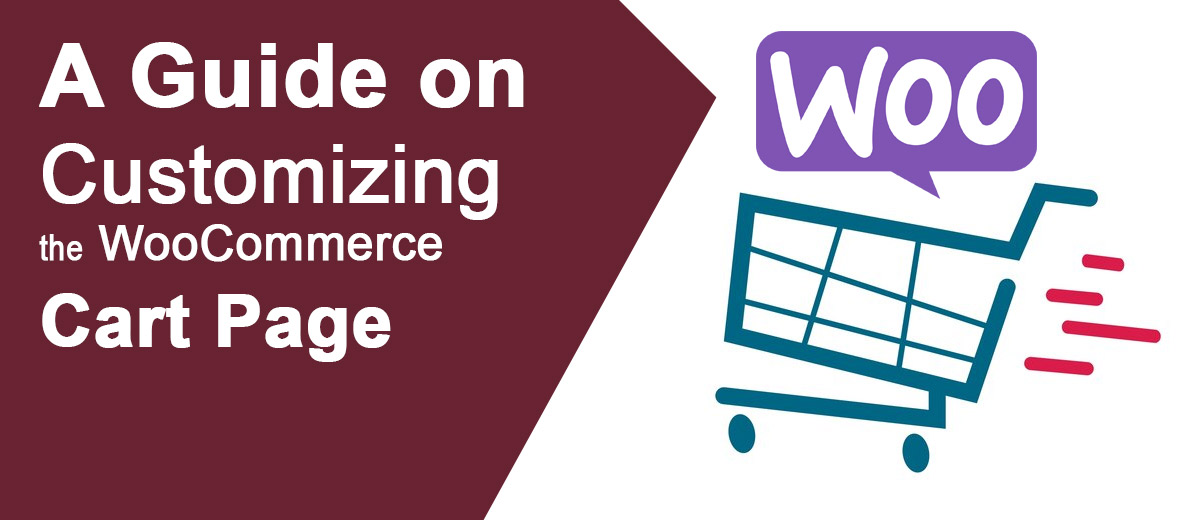WooCommerce, the versatile e-commerce plugin for WordPress, provides a robust foundation for building online stores. While the default features are powerful, tailoring the shopping experience to align with your brand and customer needs often involves tweaking specific pages. In this guide, we’ll focus on one crucial element—the WooCommerce Cart Page—and explore how you can effortlessly edit and customize it to create a more engaging and user-friendly environment for your customers.
Understanding the Importance of the Cart Page
The Cart Page is a critical juncture in the customer journey, where potential buyers transition from browsing to making purchasing decisions. A well-designed and informative Cart Page can significantly impact conversion rates and enhance the overall shopping experience. Here’s what you can do to make the most of this pivotal page.
Steps to Edit the WooCommerce Cart Page
1. Accessing the Cart Page Template:
To initiate edits to the Cart Page, you’ll need to locate and modify its template file. In your WordPress theme, find the cart.php file. If it doesn’t exist, WooCommerce will use the default template from the WooCommerce plugin folder (wp-content/plugins/woocommerce/templates/cart/cart. php). You can create a child theme to avoid losing changes during theme updates.
2. Customizing Cart Page Elements:
Once you’ve accessed the Cart Page template, you can customize various elements, such as:
- Product Display: Adjust how product details are presented, including images, titles, and prices.
- Quantity Input: Modify the appearance and behavior of the quantity input field.
- Cart Totals: Tailor the display of order totals, taxes, and shipping costs.
3. Adding Custom Content:
Enhance the Cart Page with custom content to provide additional information, promotional messages, or calls-to-action. You can include HTML, shortcodes, or even embed custom blocks.
4. Styling and Layout Adjustments:
Use CSS to style and refine the layout of the Cart Page. This allows you to match the page’s appearance seamlessly with your overall website design.
5. Implementing Conditional Logic:
Leverage conditional statements in your template to display specific content or elements based on factors such as product categories, cart contents, or user roles. This enables personalized experiences for different scenarios.
6. Utilizing Hooks and Filters:
WooCommerce provides hooks and filters that allow for more advanced customization without directly modifying template files. Hooks enable you to insert custom content at specific points, while filters empower you to manipulate data before it’s displayed.
Enhancing User Experience on the Cart Page
1. Implementing Ajax for Dynamic Updates:
Incorporate Ajax to enable dynamic updates on the Cart Page without requiring a full page reload. This ensures a seamless and responsive user experience as customers adjust quantities or remove items.
2. Streamlining Checkout Process:
Consider integrating one-page checkout solutions or optimizing the transition from the Cart Page to the Checkout Page. Minimizing steps and friction in the checkout process can positively impact conversions.
3. Responsive Design:
Ensure that your Cart Page is responsive, providing an optimal viewing and interaction experience across various devices. Responsive design is crucial for accommodating mobile users.
Conclusion
The WooCommerce Cart Page serves as a crucial touchpoint in the online shopping experience. By mastering the art of customization, you can transform this page into a powerful tool for customer engagement and conversion. Remember to test your changes thoroughly to ensure a seamless and intuitive shopping process for your customers. As you delve into the realm of Cart Page customization, you’re not just tweaking code; you’re crafting a more personalized and delightful journey for your online shoppers.


